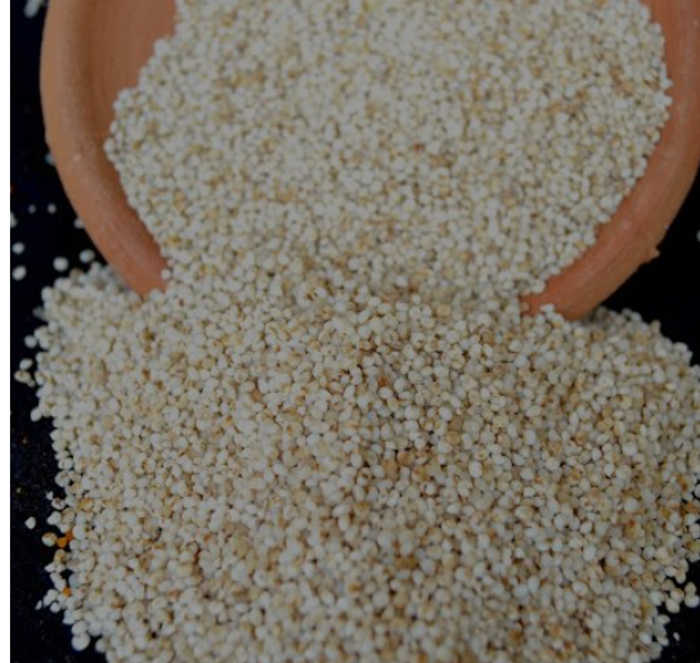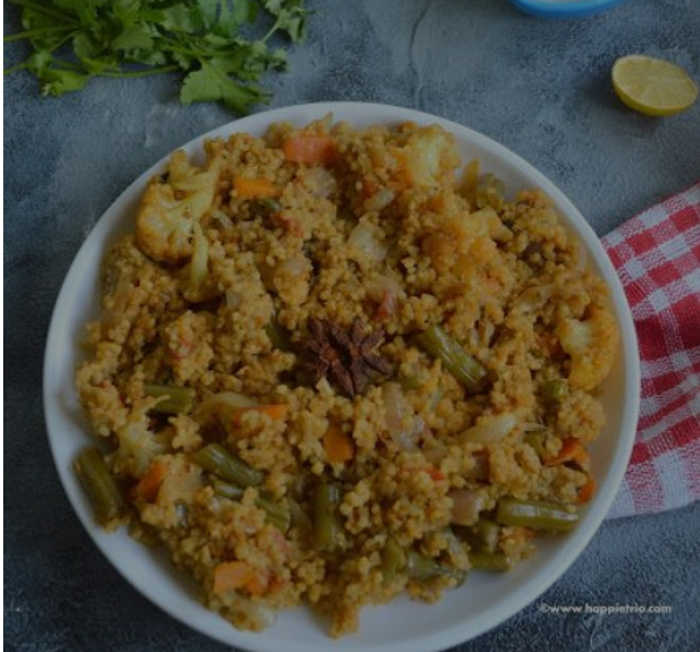Published 23:27 IST, January 3rd 2024
Millets, a common cereal gained significance all over the world. Kodo millet, one of the types of the millets, have various benefits.
Advertisement
Millets are highly consumed across the world. For some years, millet has become a common cereal that has gained importance all over the world. Among various types of millet, finger millet or ragi is one of the most popular varieties of millet, and it is usually consumed by people in South India. However, not many know about the Kodo millet.
Here's what we know about Kodo Millet
What is Kodo millet
Kodo is a type of millet, a part of the grass family Poaceae. It is an annual grain that is widely cultivated in some regions. The content of the protein in Kodo millet typically contains slightly higher protein content. On average, kodo millet contains about 8-14% protein by weight. Kodo millet or Paspalum scrobiculatum belongs to the family Poaceae. It is locally known as rice grass, ditch millet, cow grass in English, araka in Telugu, and kodra in Marathi.
Advertisement

Here's how it is different from regular millet
Yes, there is a difference between millet and Kodo millet. It serves as a potent type of cereal with health benefits. Kodo millets or magical millets are majorly found in the highest drought resistance and produce a high yield in a short duration. It has a great economic value. India is the world leader in the production of kodo millets, and thus its cultivation is of great economic significance. Kodo millets are cultivated in the kharif season (monsoon season) and are available in different varieties, namely Indira kodo, Jawahar kodo, TNAU, etc.

Whereas, millets are a highly varied group of small-seeded grasses, widely grown around the world as cereal crops or grains for fodder and human food. Most species referred to as millets belong to the tribe Paniceae, consumed in developing countries throughout Africa and Asia. While it looks like a seed, millet’s nutritional profile is similar to that of sorghum and other cereals. Millets have gained popularity in the West because they are gluten-free and boast high protein, fiber, and antioxidant contents. Kodo millet is one of the kinds of the millet.
Advertisement
Benefits of Kodo Millet
Potential uses of kodo millets on Lipid profile
This anti-cancer effect is attributed to the presence of phenolic acids, phytic acids and tannins in the grain. Some studies claim that the kodo millets may potentially reduce cancer initiation and progression.
Advertisement
Potential uses of kodo millets for bacterial infections
A review conducted by Sharma et al. in 2016 stated that kodo millets could inhibit the growth of bacteria like S.aureus, Bacillus cereus, Leuconostoc mesenteroides, and Enterococcus faecalis, which cause urinary tract infections, diarrhoea, etc.
Advertisement

Potential uses of kodo millets for type-2 diabetes
Type-2 diabetes is a metabolic disorder characterised by an increase in blood glucose due to decreased production or resistance to a hormone called insulin, regulates blood glucose.
Advertisement
Potential uses of kodo millets in cancer
This anti-cancer effect is attributed with the presence of phenolic acids, phytic acids and tannins in the grain.
Potential uses of kodo millets in malnutrition
Kodo millets, are highly nutritious due to the presence of carbohydrates, dietary fibres, proteins, vitamins like niacin, riboflavin and minerals like calcium, iron and phosphors.
23:27 IST, January 3rd 2024